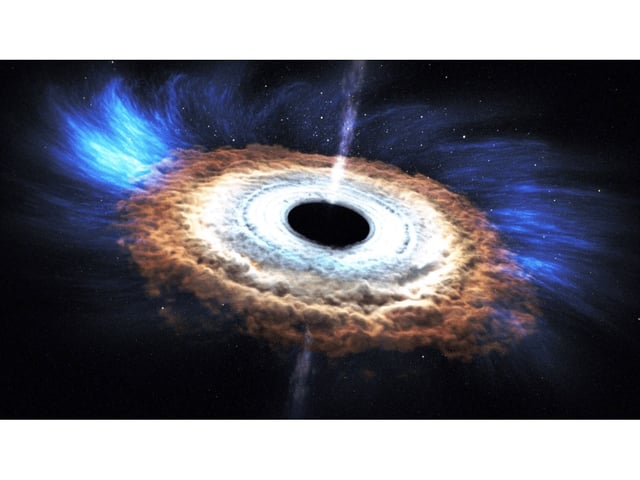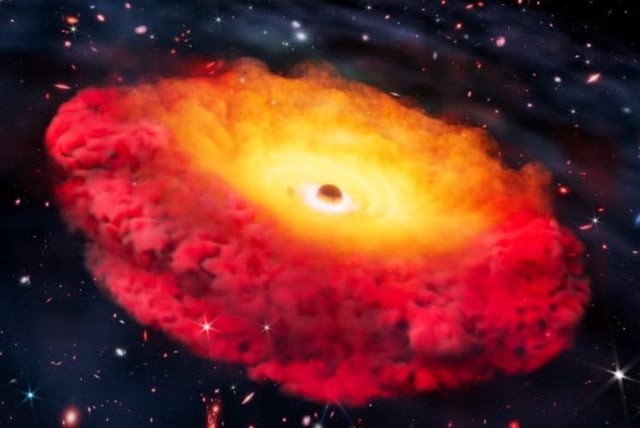Overview
- JWST’s CAPERS prism survey captured broadened emission lines from CAPERS-LRD-z9, confirming the presence of an actively accreting supermassive black hole 500 million years after the Big Bang.
- Researchers estimate the black hole’s mass at roughly 300 million times that of the Sun, making it the oldest supermassive black hole spectroscopically confirmed to date.
- CAPERS-LRD-z9 is part of a population of early compact galaxies known as "Small Red Dots," which are uniquely visible only in the universe’s first 1.5 billion years.
- The study appears in The Astrophysical Journal and challenges current formation models by implying either unprecedentedly rapid accretion or substantially heavier primordial black hole seeds.
- The team plans further JWST observations and analyses to explore how such massive black holes formed so swiftly in the early cosmos.

